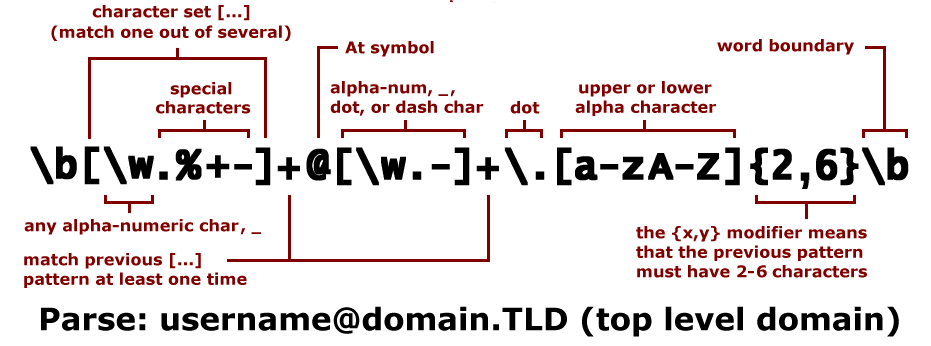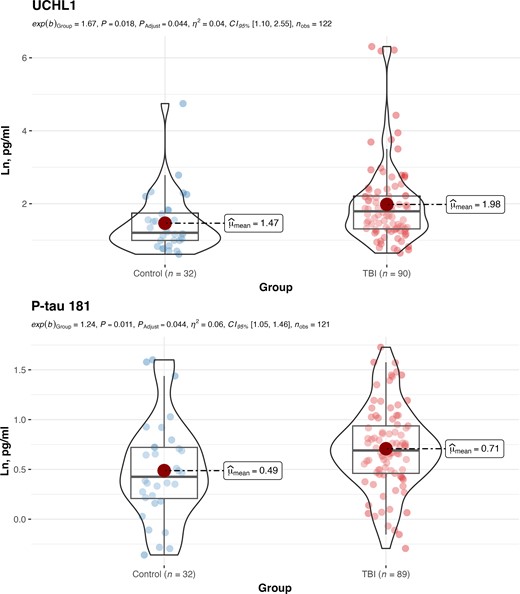
Nestedly Recursive Functions—Stephen Wolfram Writings
Integers. Addition. Subtraction. Maybe multiplication. Surely that’s not enough to be able to generate any serious complexity. In the early 1980s I had made the very surprising discovery that very simple programs based on cellular automata could generate great complexity. But how widespread was this phenomenon?
At the beginning of the 1990s I had set about exploring this. Over and over I would consider some type of system and be sure it was too simple to “do anything interesting”. And over and over again I would be wrong. And so it was that on the night of August 13, 1993, I thought I should check what could happen with integer functions defined using just addition and subtraction.
But could I find something like this that would have complex behavior? I did the analog of what I have done so many times, and just started (symbolically) enumerating possible definitions. And immediately I saw cases with nested functions, like:
(For some reason I wanted to keep the same initial conditions as Fibonacci: f[1] = f[2] = 1.) What would functions like this do? My original notebook records the result in this case:













